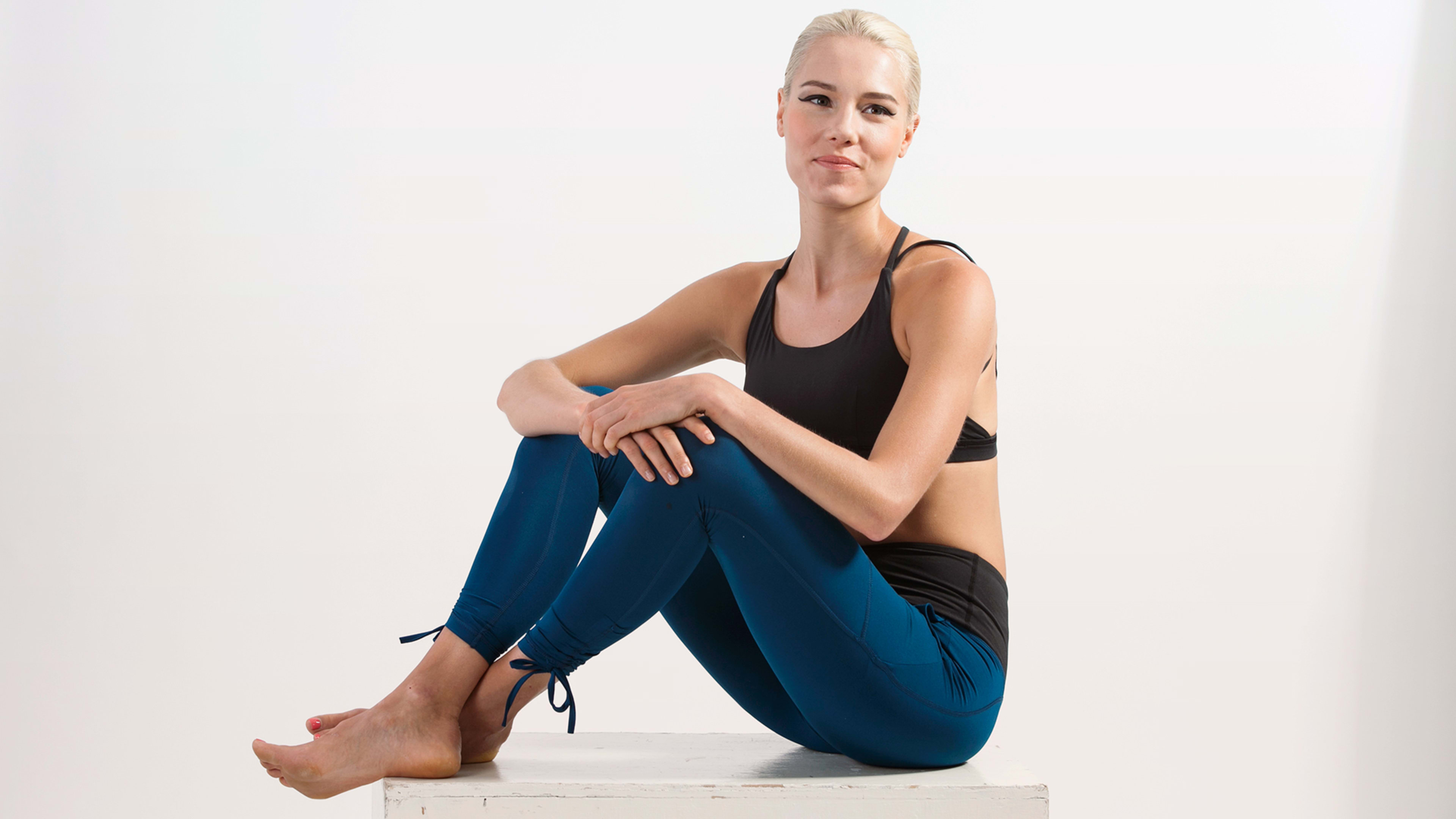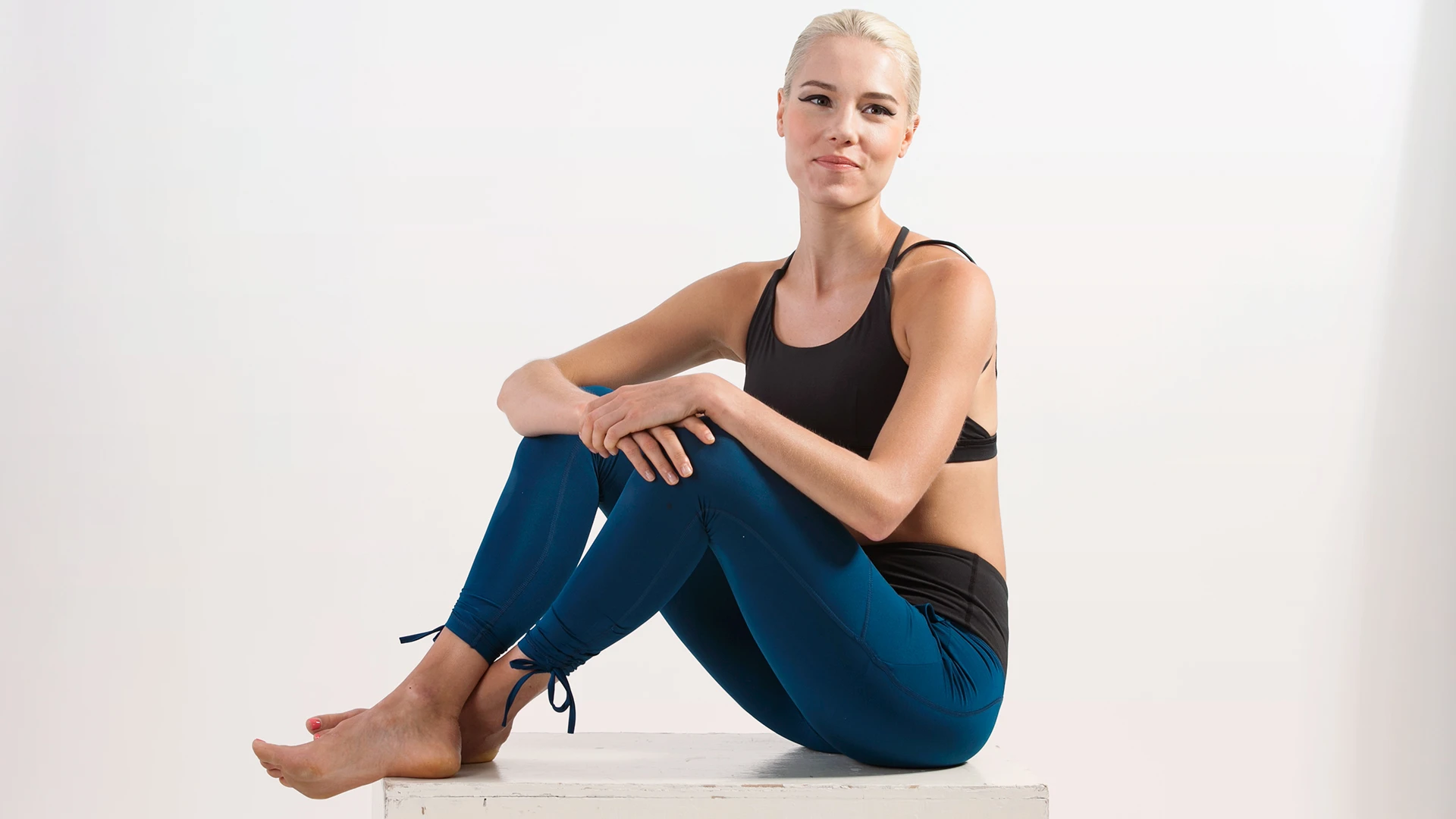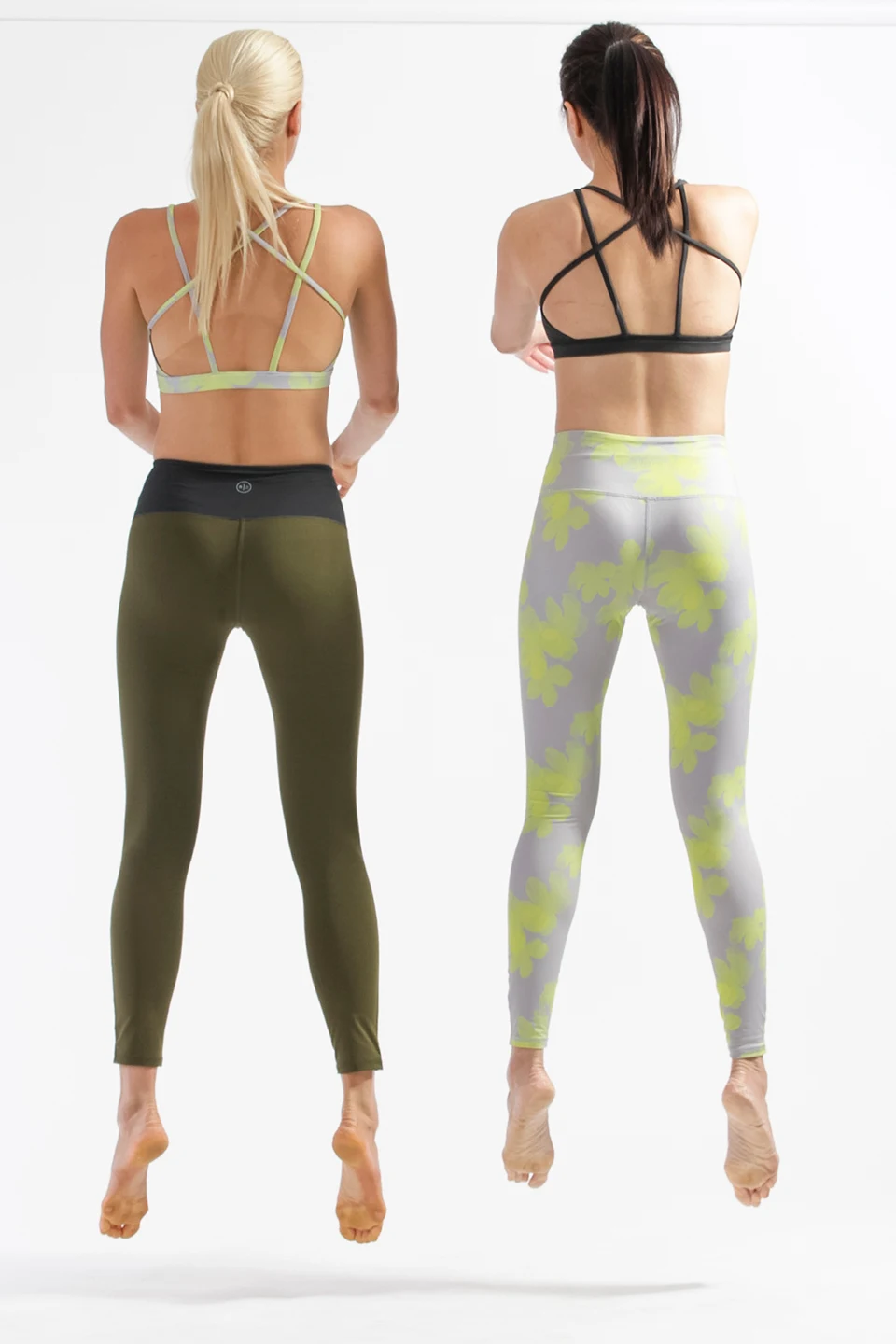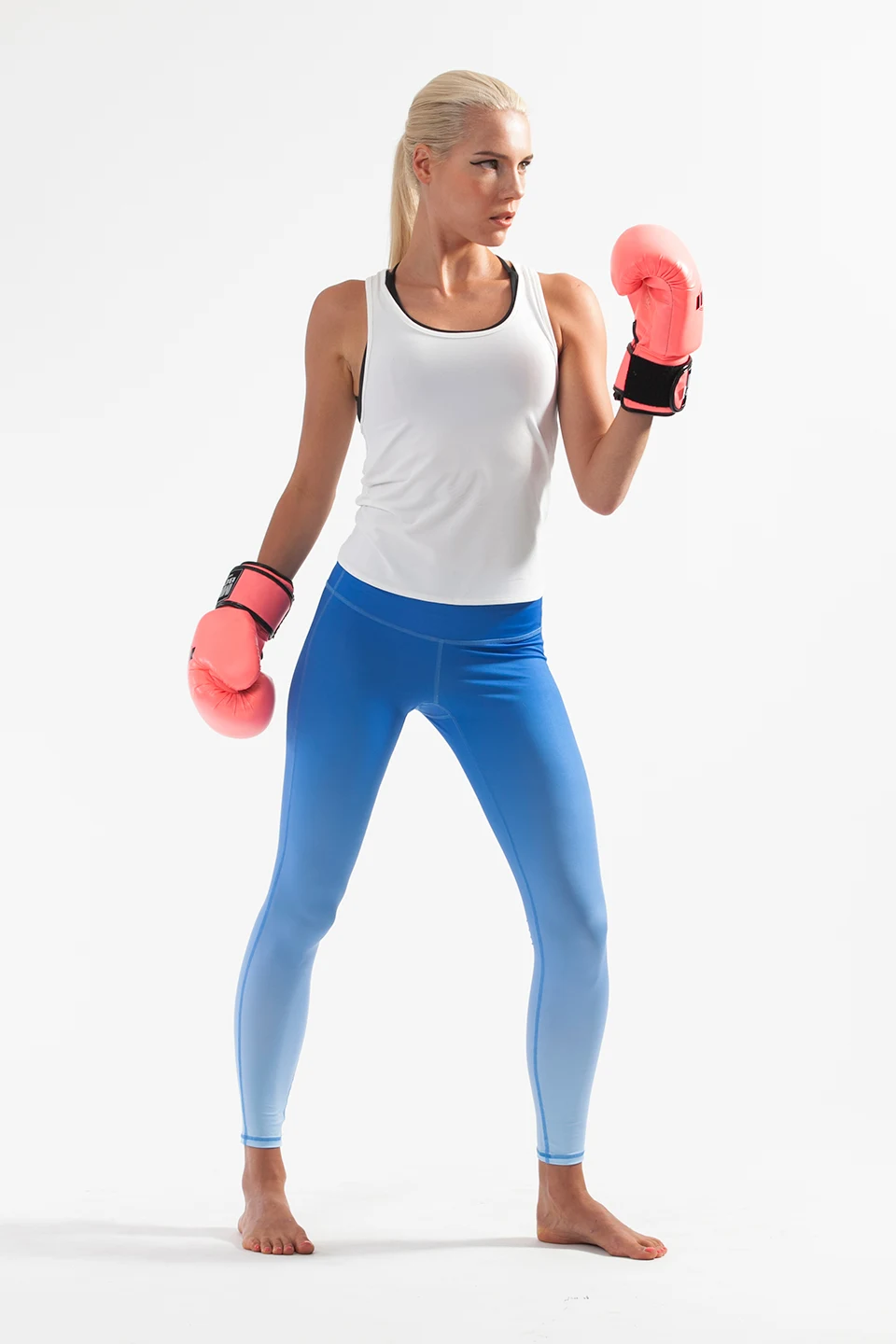For many yogis, achieving balance has to do with much more than just nailing the one-legged tree pose. It often has to do with more existential questions of being at one with the earth, which means protecting its future. This was certainly true for Melissa Chu, who grew up in the Bay Area, where everyone recycled obsessively and looked for ways to cut down their carbon footprint–when they weren’t off at a meditation retreat, that is. “Climate change was an ongoing topic of conversation,” Chu says.
Seven years ago, Chu moved to Hong Kong for her job in the retail industry. The city was far more crowded, busy, and intense than she had expected. “It was like New York on crack,” she explains. “To cope, I felt the need to deepen my yoga practice to manage the stress and the culture shock.”
She would take trips to India to study under famous gurus and spent hours in Hong Kong studios doing sun salutations. But she began to wonder: Why isn’t yoga gear more sustainable? Why do yoga devotees sweat through trendy outfits made from virgin materials that are sent to a landfill when they’re worn out? When she started thinking about it in earnest, the immensity of the waste killed her zen.
For the last couple of years, activewear has been driving the apparel industry forward. Morgan Stanley’s research suggests that by 2020, the activewear market will represent $83 billion in sales, stealing market share from other clothing categories such as denim. But in order to keep up with demand, dozens of brands are popping into the market, churning out new designs regularly and driving down prices, in the same vein as fast fashion.
There is plenty of innovation happening when it comes to the technical aspects of athletic garments, with brands like Lululemon and Nike developing new fabrics that are adapting to different types of physical activity. But few brands are investing as heavily on creating eco-conscious activewear.
In 2015, Chu decided to launch a line of activewear called Rumi X that would be made from the most sustainable fabrics she could find. She was still living in Hong Kong, which happens to be one of the sourcing capitals of the world. So she set out to see what kinds of recycled materials would work in yoga pants. “It all came together,” she says. “I decided I wanted to create a business where we would turn waste into wear.”
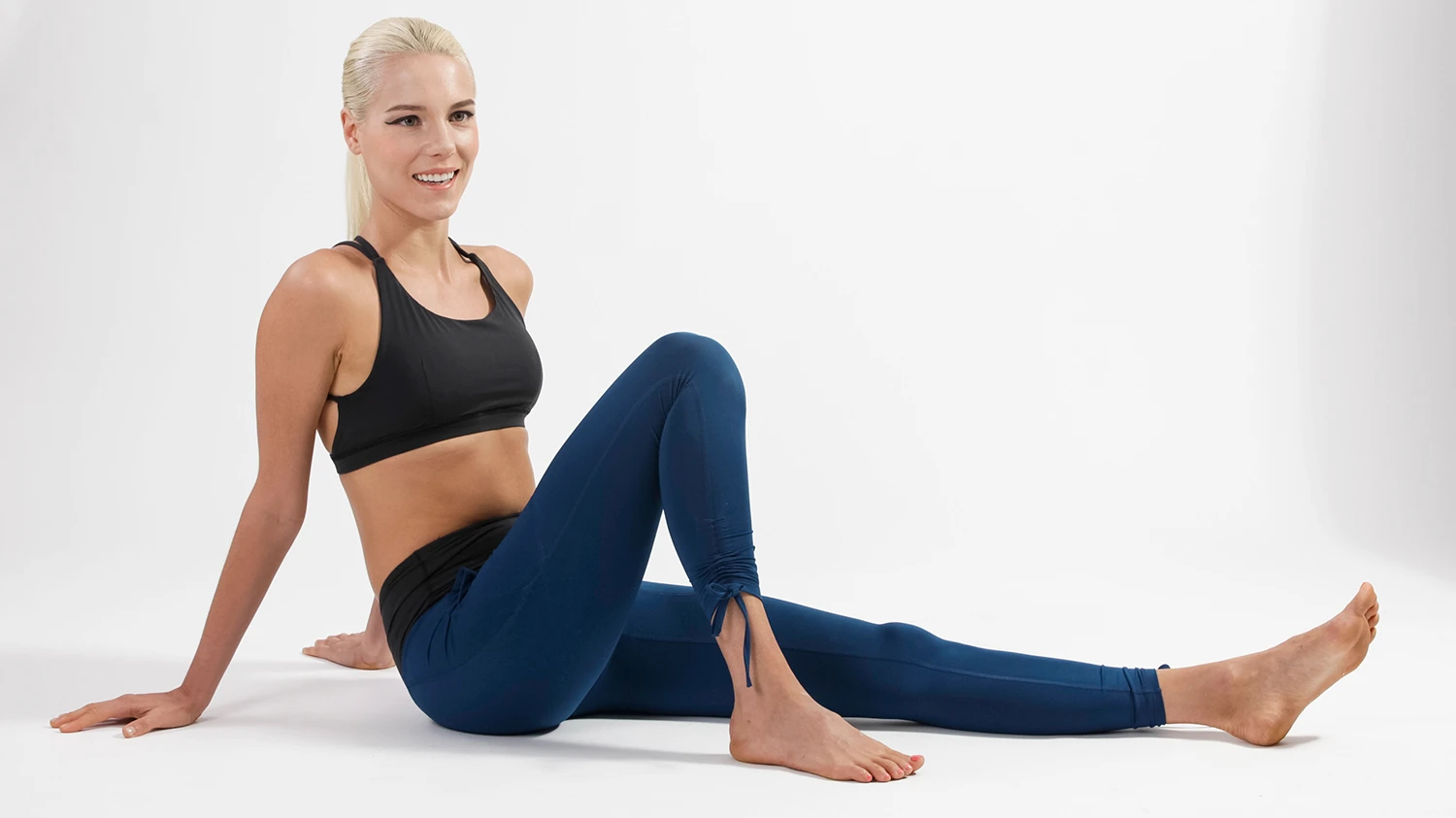
It turns out, there’s a lot of innovation in terms of sustainable materials. Chu found one German manufacturer that turns spoiled cow’s milk into thread by adding a protein powder to it. Another company sweeps up the husks of flax seeds from the floors of production mills and turns it into a fiber for the production of fabric.
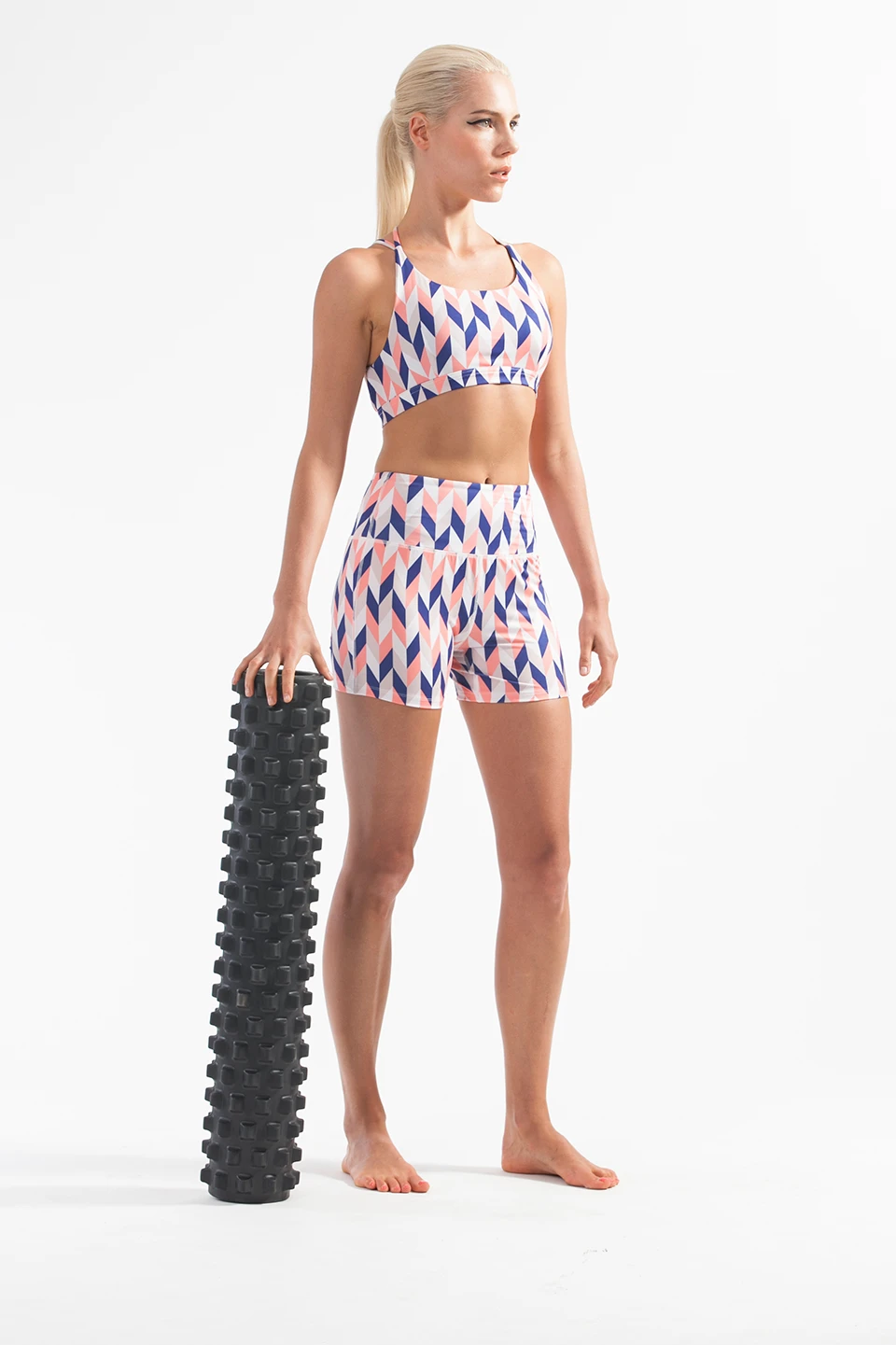
Since many of these manufacturers are new and use cutting-edge technology, Chu is often able to work closely with them to develop materials that are perfectly calibrated to meet the needs of her customers, who would be using the pants, bras, and shirts for yoga. For instance, she wants the fabric to have four-way stretch but also feel very soft and organic, unlike many sportswear brands that make clothes that feel synthetic and Spandex-like. Given that many of her customers are based in Asia, where the climate is hot and humid, she also works to ensure that the fabric is thin and moisture wicking. And there’s one added benefit of using coffee grounds: no stinky clothes. “The final fabric still has the odor management properties of natural coffee beans,” Chu says.
Chu is currently working with another company to create fabric made from discarded crab shells. The bulk of crabs are made of a natural chemical called chitin, which is a biopolymer. Scientists in Bavaria have found a way to extract chitin and use it for a wide variety of purposes, including fibers. This material, which blends together the crab shells with viscose, is called Crabyon. It’s particularly good for Rumi X because it has natural anti-bacterial and anti-microbial qualities. “Ironically, it’s super soft,” Chu says. “We can make very soft T-shirts out of this material.”
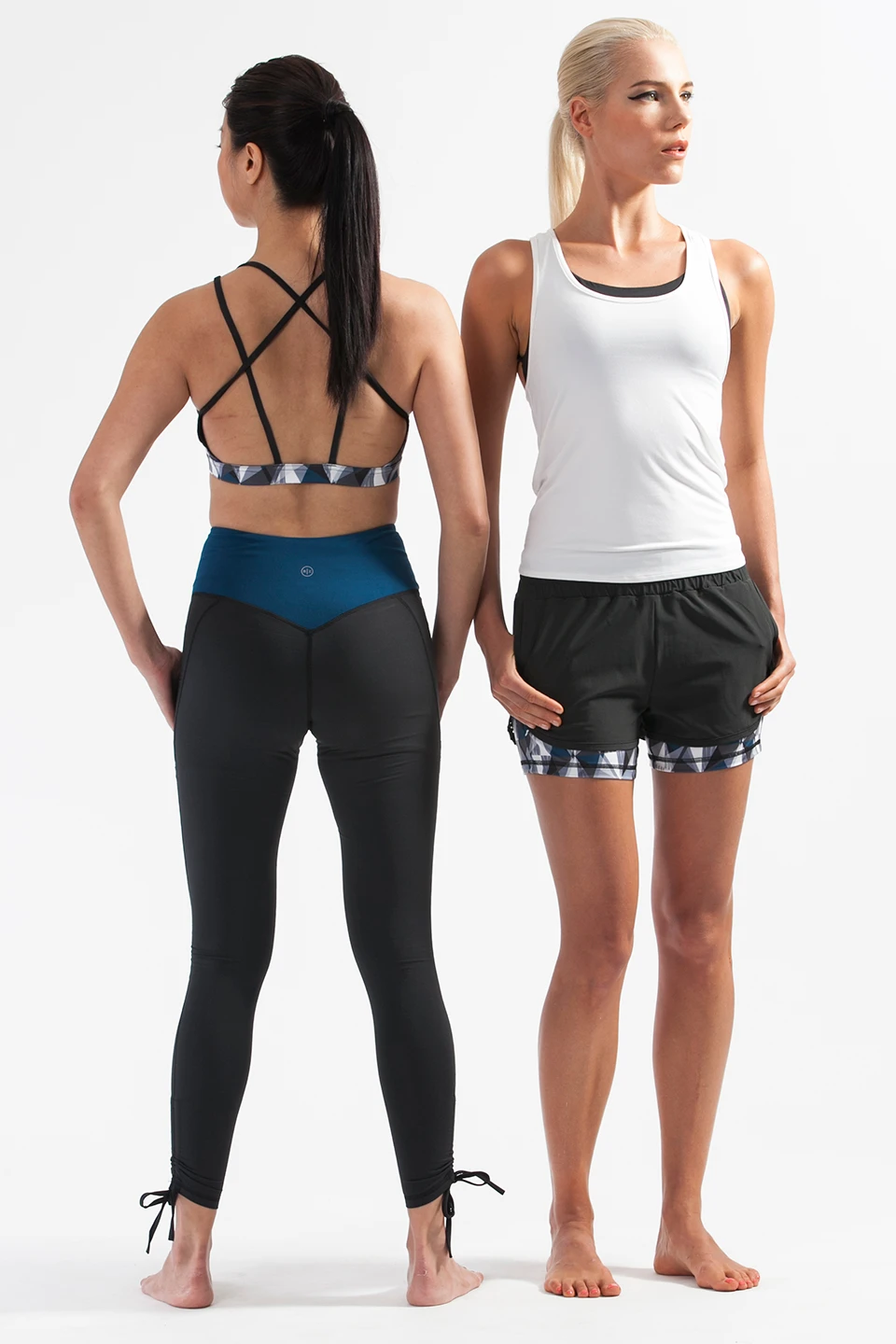
When it comes to marketing, Chu doesn’t focus on the interesting materials used in the clothing, but instead describes the brand’s ethos of feeling good and being at peace with yourself. The brand’s name pays homage to the 13th-century Persian mystic, Rumi, who often wrote about how to live a meaningful and spiritual life, and each garment has one of his poems inscribed in it.
Ultimately, she believes that people will purchase RumiX over Lululemon or Nike because they appreciate the brand’s values and love wearing the product. The fact that the clothing is sustainable is an added bonus. “We’ve noticed that some markets that we sell to do appreciate the fact that we’re eco-friendly,” she says. “Other markets don’t really care at all. So we always lead with design and slowly try to educate our customer about what our mission is.”
But she hopes her company helps encourage others in the fashion industry to think creatively about using waste material to create clothing that is high quality and comfortable. “We’re really passionate about not wanting to create more waste,” Chu says. “Our goal is to reduce waste in any way we can. There are lots of companies creating really amazing fabrics out of stuff that we would otherwise just throw away.”
Recognize your brand’s excellence by applying to this year’s Brands That Matter Awards before the early-rate deadline, May 3.
